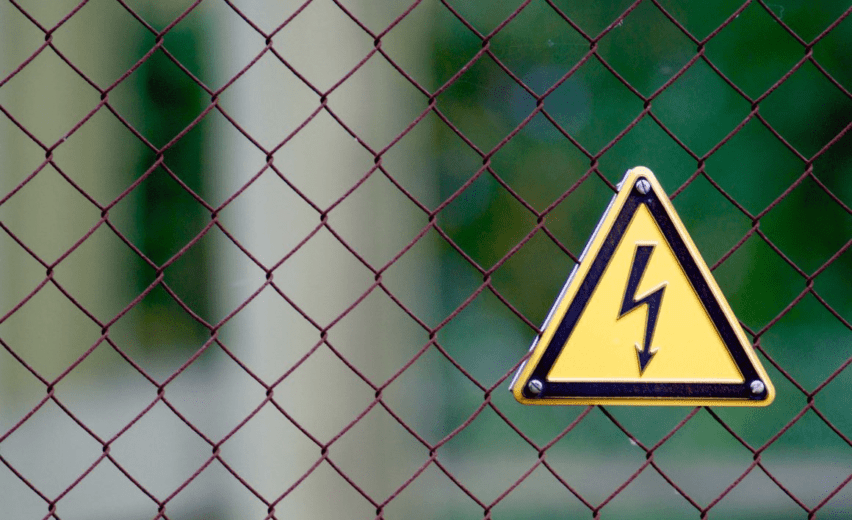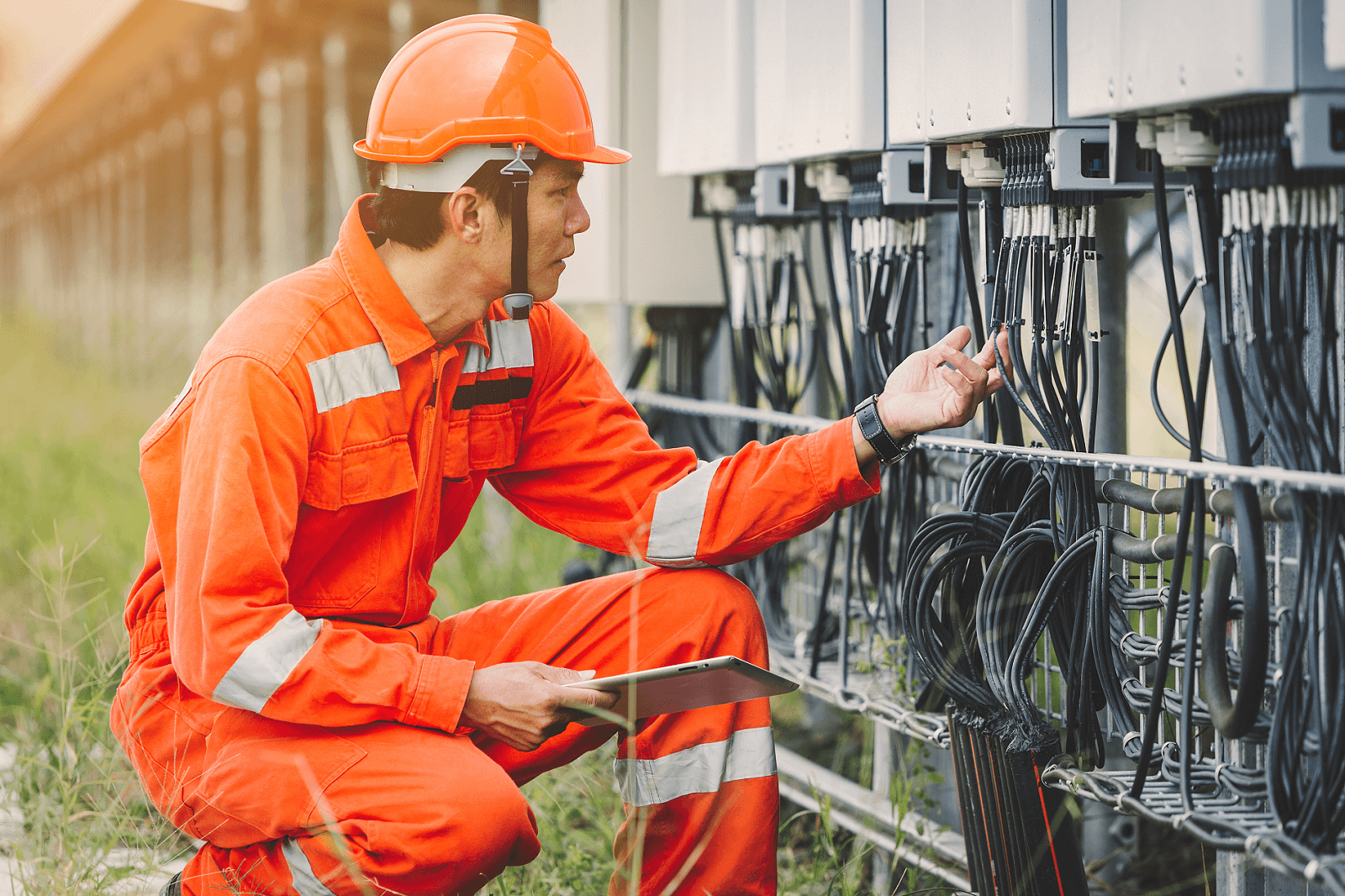O isolamento de áreas com risco elétrico é uma parte crítica da gestão da segurança elétrica em qualquer ambiente.

Isolating areas with electrical hazards is a fundamental measure to protect people and equipment from the risks associated with electricity. This is especially important in industrial settings, electrical installations, and locations where workers may be exposed to electrical hazards.
What are electrical hazards?
Electrical hazards refer to situations or conditions that involve electricity and have the potential to cause harm to human life, property damage, or other types of hazards. These hazards are common in places where electricity is used or manipulated, such as industrial, commercial, and residential facilities. Here are some examples of electrical hazards:
Electric shock: One of the most significant risks associated with electricity is electric shock. This occurs when a person comes into contact with an electrical circuit, and electric current flows through the body. Electric shock can range from mild discomfort to severe injuries and even death.
Electrical burns: Contact with energized parts of an electrical system can result in severe burns. This can happen when a person touches wires, connections, or electrical equipment that is under voltage.
Fires and explosions: Short circuits, electrical overloads, and failures in electrical equipment can cause fires and explosions. Electricity can also serve as an ignition source in environments with explosive atmospheres, such as chemical industries.
Importance of isolating areas with potential hazards

The isolation of areas with electrical hazards is a critical part of electrical safety management in any environment. It aims to protect lives, prevent property damage, and ensure that electrical operations are conducted safely and efficiently.
Some important aspects related to the isolation of areas with electrical hazards include:
Identification of areas with electrical hazards: The first step in the isolation process is identifying areas where there is a significant electrical hazard. This may include electrical substations, electrical panel rooms, areas near exposed wiring, and any place where high-voltage electrical equipment is present.
Physical barriers: Isolation typically involves creating physical barriers such as fences, gates, grilles, or walls to restrict access to areas with electrical hazards. These barriers help prevent unauthorized individuals from entering the area and being exposed to electrical hazards.
Signage and warnings: In addition to physical barriers, it is essential that areas with electrical hazards are properly marked with electrical hazard warnings. This signage alerts people to the dangers associated with electricity and provides instructions on necessary precautions.
Training and awareness: Workers who need to access areas with electrical hazards should receive adequate training on specific electrical hazards and safety procedures to follow. Awareness is crucial for accident prevention.
Personal protective equipment (PPE): Workers entering areas with electrical hazards should use appropriate PPE, such as insulating gloves, helmets, safety glasses, and suitable clothing, to minimize the risks of electric shock and other hazards.
Preventive maintenance: Regular maintenance of electrical equipment and power distribution systems is crucial to prevent failures that could lead to electrical hazards. This maintenance should be performed by qualified personnel and follow applicable standards and regulations.
Safe work procedures: It is important to develop and implement safe work procedures for activities carried out in areas with electrical hazards. This includes procedures for de-energizing, locking out, and tagging equipment, among others.
Monitoring and inspection: Conducting regular inspections and continuous monitoring of electrical installations is essential to identify potential issues and ensure the integrity of the isolation of areas with electrical hazards.
Emergency response: Having emergency response plans in place is crucial to deal with unexpected situations such as electrical failures or accidents. These plans should include procedures for safe evacuation and first aid, if necessary.
How Comquality Can Help Your Company
We have a core of Electrical Safety Engineering services focused on technical documentation preparation, diagnostics, problem-solving, training, and audits.
Need assistance with the safety of your company’s electrical installations? Contact us!
📞 +55 71 3622-1255
📩 comercial@comquality.com.br
🌍 www.comquality.com.br